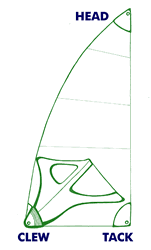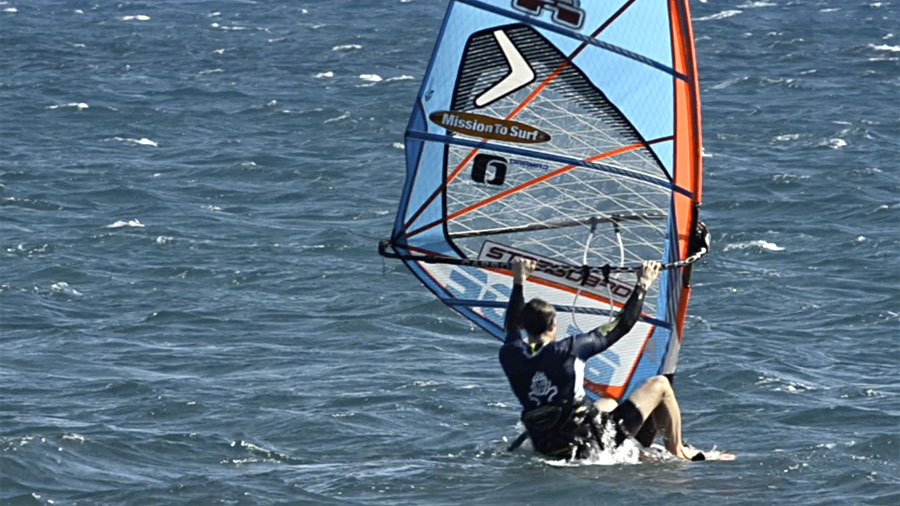

You would attach the Cunningham and the Outhaul to the Reefing cringles, and re set the sail. That's why you have the reefing cringles that are part way up the sail to 'reef the sail'. If the wind gets too strong, you sometimes want less sail up. The main halyard pulls the sail up while the Cunningham pulls it down. The Cunningham also keeps the sail tight from top to bottom. To stop the boat you let go of it and steer into the wind. Going down wind you will want to let it out, while sailing close to the wind you will tighten it. This is led into the cockpit and as with the jib sheet pulls the sail in or lets it out according to the wind direction. THE MAINSHEETĪt the cockpit end of the boom you will see the mainsheet. This is where the foot of the mainsail goes, with the tack attached to the cunningham and the clew attached to the outhaull.Īgain, for good sailing you want the foot tight so at the mast you will tighten the Cunningham and at the end of the boom you will tighten the outhaul. THE BOOMĪttached to the mast at right angles to it is a straight piece of metal called the boom. As well as the jib halyard you also have the main halyard that pulls the mainsail up and down. The mast is where the halyards are led through. If the sail is flapping then it isn't pulling the boat forward, so to stop the boat you let your sheets go and they will stop the boat. In setting it just right you get the most efficiency of the sail.

When sailing you want the jib sheets just tight enough to keep the sail firm, yet by letting it out just a little bit it will flap. Generally speaking you want all the edges of the sail to be tight when the sail is set (not flapping about) so you always want the jib halyard to be as tight as you can manage.īetween the tack and the clew is the foot of the sail, and this is tightened by the jib sheets. By tightening the jib halyard you tighten the luff. The front edge of the sail is called the luff. To get the sail up, you haul on the jib halyard that is attached to the head of the sail. The clew is attached to the jib sheets that control the shape of then when you set the sail. Let's start with the jib sail, the sail at the front of the boat. As with the engine for motoring, they are quite complicated but once you know what is what you can set them better and go more efficiently. When you are sailing, the sails are the engine of the boat. When sailing or motoring at night you need to turn these on so other water users can get an idea of what sort of boat you are and your direction of travel. Red on the port side and green on the starboard side. This is called the chain locker.įinally, on the diagram you will see that the boat has two night lights on the bow: At the bow.Īt the bow you will also find a hole where the anchor chain goes (the anchor will generally be hanging off the bow). Here you have the steering wheel (the 'wheel"), the winches to tighten or loosen the sails, and most of the sail control ropes will lead into there too. The space in the stern where everything happens is known as the cockpit. If someone falls over the side you throw the life ring towards them and turn the boat to get them out as quickly as possible. Right at the stern of the cockpit you will see a life ring. This is why you put special airbags on the side of the boat called fenders between you and the other object. When you go alongside a dock or another boat you don't want to bump and grind against it. If something is behind another object it is aft of it while if it is in front of something it is forward.Ĭonsequently the keel is'forward of the rudder' while the rudder is 'aft of the keel'. The back of the boat of the boat is called the stern. The front of the boat is known as the bow. This directs the flow of the water and steers the boat. The wing at the back of the bottom of the boat is called the rudder. This prevents the boat from falling over when the wind pushes on the sail, and also helps the boat go forward with the sails set. The heavy wing at the bottom of the boat in the middle is called the keel.

In this section we will talk about parts of the boat that are used to move it along.


 0 kommentar(er)
0 kommentar(er)
